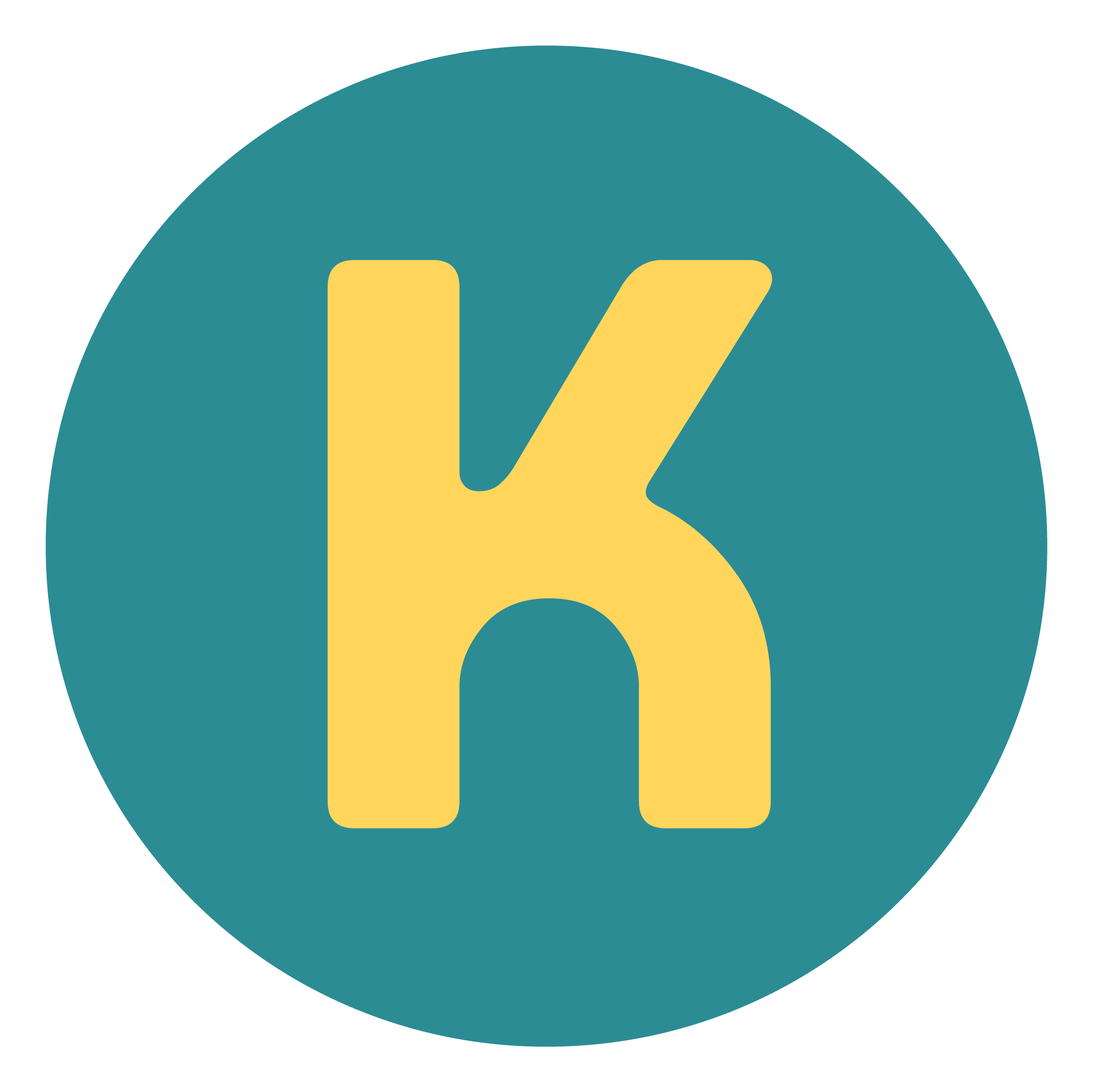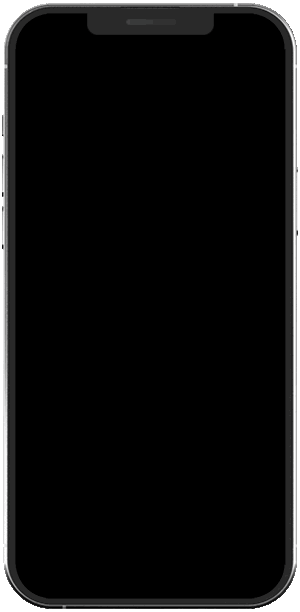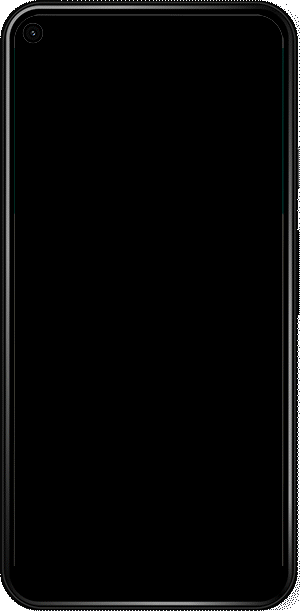
We are an in-house team of talented creatives and developers, led by a seasoned technology executive.
We are experts in design for mobile and web applications. Our highly collaborative, transparent, and iterative process creates transformative digital products that give our clients a sustainable advantage.
With 18 patents, we mean it when we say we do
inventive design.
Our Services
We give your product the strategy, hard work and support it needs to win on any platform.
With a focus on user research in the beginning, we create a user experience that stays human centered from design through development. Through all phases our process remains highly collaborative and iterative to adapt to your project needs.
Client Spotlight
How it Starts
-
We want to work with you to understand your product, your goals, and get a full understanding of the scope of your project.
-
You think we’re a good fit. Great! Now we’ll put together a proposal that gives an estimate of project timeline and budget.
Our proposal will outline things like:
Our understanding of your project
Project Timeline
Project Budget
-
You like our proposal, now let’s make it official.
We’ll sign a statement of work and send an initial invoice to begin. Before we start, we ask for 50% of the design cost up front.
The remaining balance is billed upon your project acceptance. We also ask for a retainer against development estimates, which are billed hourly and invoiced every 30 days.
getting to work
Phase 1
Discovery
There is no user experience without the user.
Before we start drawing anything, we get to know you, your teams, your product realm, and your user. We emphasize quality user research because we want to solve the right problem the right way.
Client Spotlight
mayo clinic
Research Protocol Catalog
Alongside Mayo Clinic, we reimagined an existing app to address known deficiencies and develop an intuitive user experience for clinicians seeking clinical trial options for their patients.
Phase 1 Steps:
Workshop Sessions
Heuristic Review
User Interviews

Phase 1
Deliverables
Project Pipeline
Design & development tasks are kept up-to-date, and accessible to you, via Airtable.
Design Recommendations
We provide our recommendations for the design of your product and how to solve any existing pain points.
User Interviews
Initial user interviews give insight into top priorities for current and future users.
Phase 2
Define
The “how it actually works” part.
A correct, prioritized feature set and simplified workflow is paramount to designing a winning customer experience. Choosing the right tech stack - what software frameworks and cloud services will be the right fit.
Client Spotlight
GEMINI
A digital transformation that rearchitected the sales and delivery process for the top custom, made-to-order signage company in the U.S.
Phase 1 Steps:
Prioritized Task List
Feature Set
Summary & Recommendations

Phase 2
Deliverables
Project Pipeline
Design & development tasks are kept up-to-date, and accessible to you, via Airtable.
Workflows
Workflows are drawn up of the current workflow to identify strengths and weaknesses.
Phase 3
Design & Prototype
Watch your app visually come to life.
We start with sketch-style wirefraes to implement established features and workflow, then iterate concepts until we have a workable design model.
Client Spotlight
Sensata
Owlcam Dash Cam Mobile App
With an emphasis on usability, KRUTSCH and Sensata restructured the design model for Owlcam for longterm customer satisfaction and company growth.
Phase 3 Steps:
Wireframes
Hi-fidelity Storyboards
Prototyping

Developer Handoff
We work closely with our development teams to wrap up Phase 3. We kick start our handoff from design to development using the Zeplin plugin in Figma. This gives our developers full access to finalized screens with full clarity on what’s ready to be built. Within Zeplin we map out workflows for each use case for development to easily understand user journeys. Here our teams can collaborate in person, or through Zeplin and Figma, to tie up any loose ends.
Phase 3
Deliverables
Hi-Fidelity Screens
Hi-fi screens with your visual language applied.
Clickable Prototype
Using Figma, we build out a clickable prototype that represents how your app will look and behave.
User Testing
Phase 3 user testing allows for us to test the design and make adjustments before diving into development.
Phase 4
Develop & Deploy
We’re finished strategizing, and the “how” is done. Now it’s time for the “what.” And to make sure your customers love it.
We provide front- and back-end development services, product testing, bug fixes, cloud services, app store deployment, as well as ongoing maintenance.
Client Spotlight
dont
Informed by their own experience as parents, our client, Amplify Development, saw an opportunity to help instill safer driving habits for drivers of all ages, later bridging into use cases for commercial fleet operators.
Phase 4 Steps:
Native App Development for iOS & Android
Amazon Web Services Backend
APIs for Commercial Integration
User Testing
App Store Deployment
Ongoing Support & Maintenance

Proof of Concept
Knowing we needed to discover the possibilities and challenges of detecting driver status and behavior we started by designing and building a proof of concept.
Our team of developers tested and documented device capabilities for tracking phone activity, driver status, push notifications, and blocking phone tasks. We aggressively tested this initial prototype, and finally put it through the App Store and Google Play.
Here we confirmed our suspicion that Apple and Google specifications would be the real inhibitor and adjusted our approach for a passing app.
Phase 4
User Testing
Phase 4 was concluded with a User Test of the dont design. Now that we had an app that was acceptable for App Store and Google Play, our design was put to the test by parent/child duos who completed a series of pass/fail tasks.
We collected and reviewed several hours of usability test footage and presented our observations and recommendations for next steps to our client.
Ultimately this saved time and money as we were able to adjust the design where needed as development progressed.
dont | Android Child App
dont | iOS Parent App
















